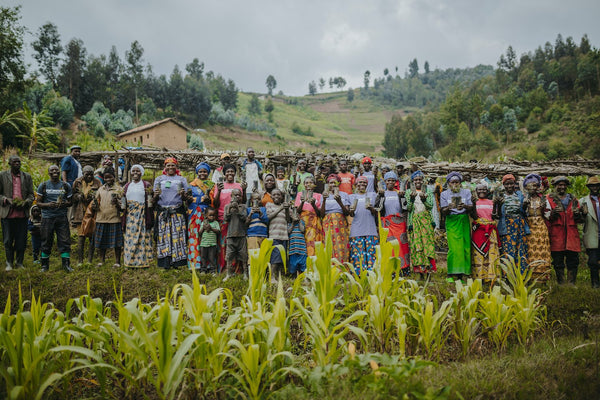
Get news, updates, & event Info delivered right to your inbox:
How Planting Trees Can Help You Integrate The Sustainable Development Goals Into Your Business
In 2015, the UN established a set of Sustainable Development Goals to help businesses and governments build a more equitable and sustainable world. Since then, we’ve seen progress on every goal — but we have a long way to go. As we consider the full breadth of challenges and solutions, one surprising opportunity stands out as having the potential to positively impact ALL 17 Sustainable Development Goals: land restoration.
According to a report by the International Resource Panel (IRP), a global scientific panel hosted by the United Nations Environment Program, well-planned reforestation and related land restoration activities have a cross-sectional benefit.
How Planting Trees Helps The 17 Sustainable Development Goals

1. Goal #1: No Poverty
Because 3 billion of the world’s poor live on less than $2.50/day and depend almost entirely on productive land for their livelihoods, reforestation can improve their lives by providing immediate employment, increasing the land’s ability to produce food and building materials over time, and protecting infrastructure from extreme weather events.
Any efforts to eradicate poverty, then, should include building a solid foundation of healthy, well-managed forests, watersheds, and soils.
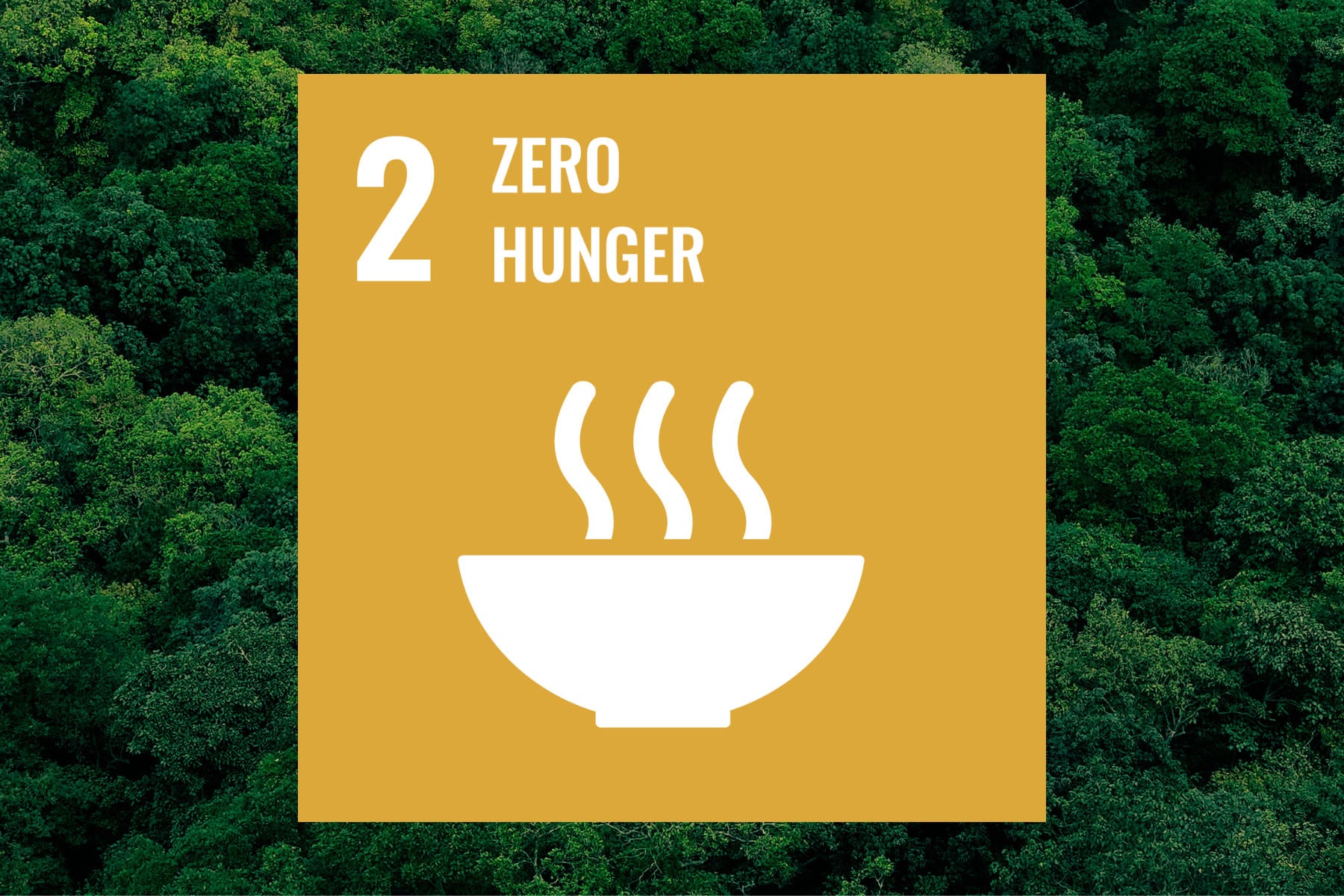
Goal #2: Zero Hunger
36% of cropland, forest, and pasture systems are experiencing declining productivity, which is bad news for the over 2.5 billion people that depend on agriculture for their livelihoods. This is a key driver of global hunger and food insecurity.
Restoring degraded forests, planting trees, and promoting sustainable agriculture through agroforestry in agricultural areas can address hunger by improving economic well-being and protecting the livelihoods of smallholder farmers.

3. Goal #3: Good Health and Well-Being
Reforestation can improve human health by providing sustainable, high quality supplies of food and water over time — and by reducing the incidence and transmission of diseases.
And the tree benefits don’t stop there: in addition to health benefits, forests provide traditional remedies and key ingredients in 25% of all western medicines. An added bonus is that spending time in or near them has been shown to significantly improve mental health. There’s even a term for this: forest bathing!
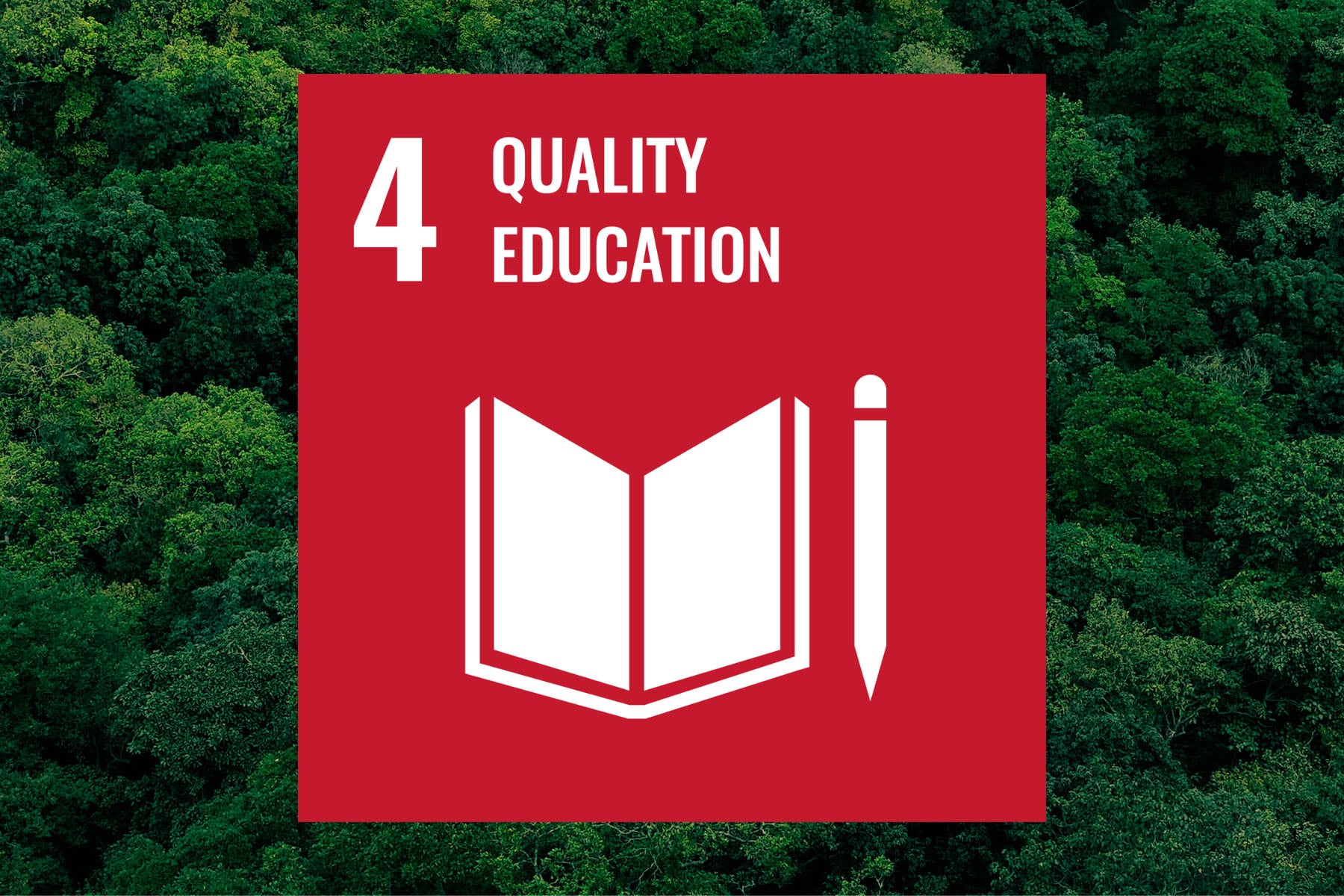
4. Goal #4: Quality Education
In addition to providing jobs and restoring landscapes, many of our partners educate the reforestation communities about topics like sustainable agroforestry, land use practices, site monitoring, and micro-economics.
We’ve seen that planting trees and maintaining them directly promotes education by increasing incomes and reducing the time spent securing basic necessities like food and fuelwood. This gives parents more time and money to educate their children.
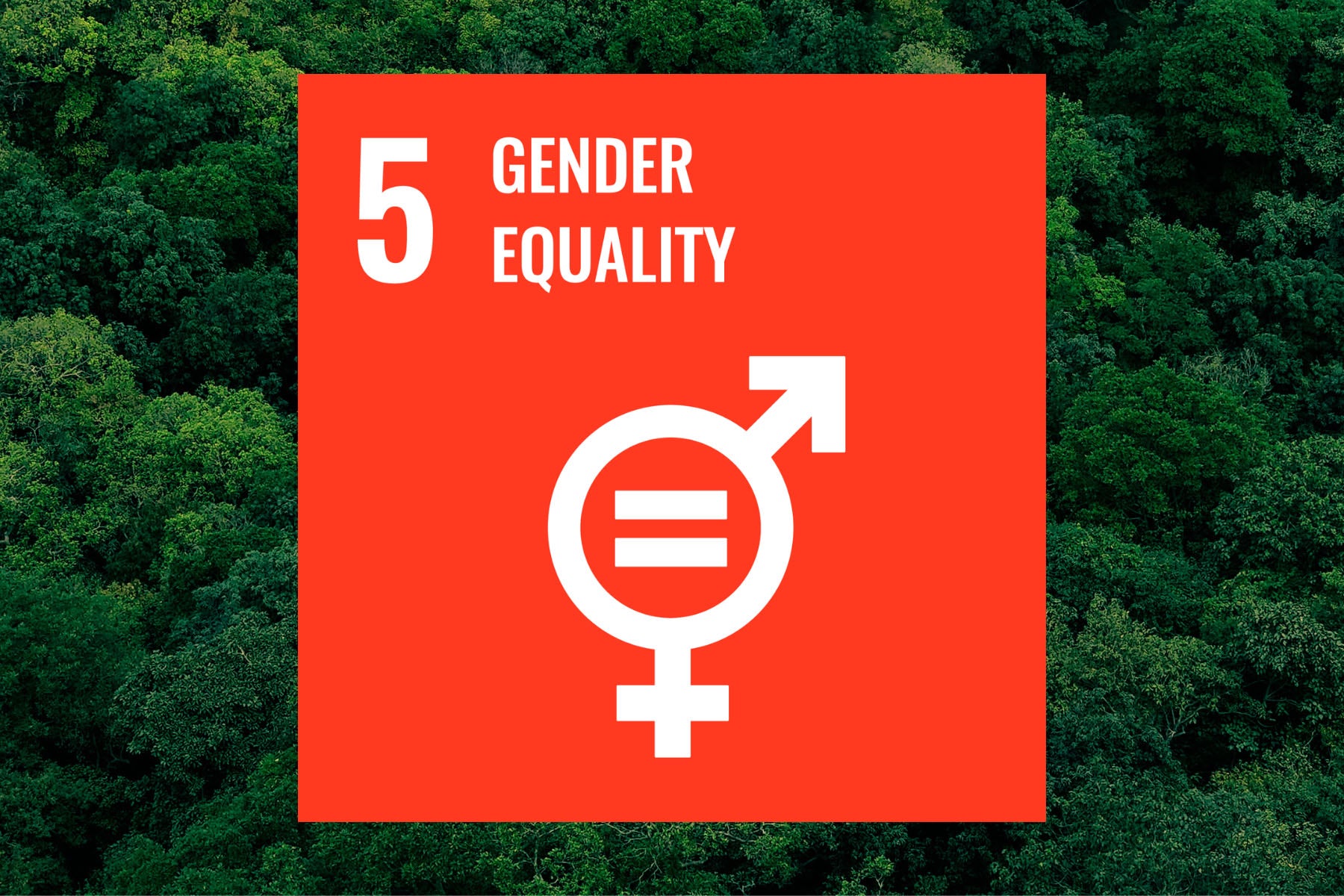
5. Goal #5: Gender Equality
Degraded landscapes with reduced ecosystem services place severe strain on the ability of women to get water, collect fuelwood, and gather food.
Naturally, reforestation improves gender equity and empowers women by increasing their access to quality nutrition and improving their overall food security. By partnering with women-run and women-integrative cooperatives, we build on that empowerment by helping women restore their local landscapes and increase their family incomes with agroforestry crops.
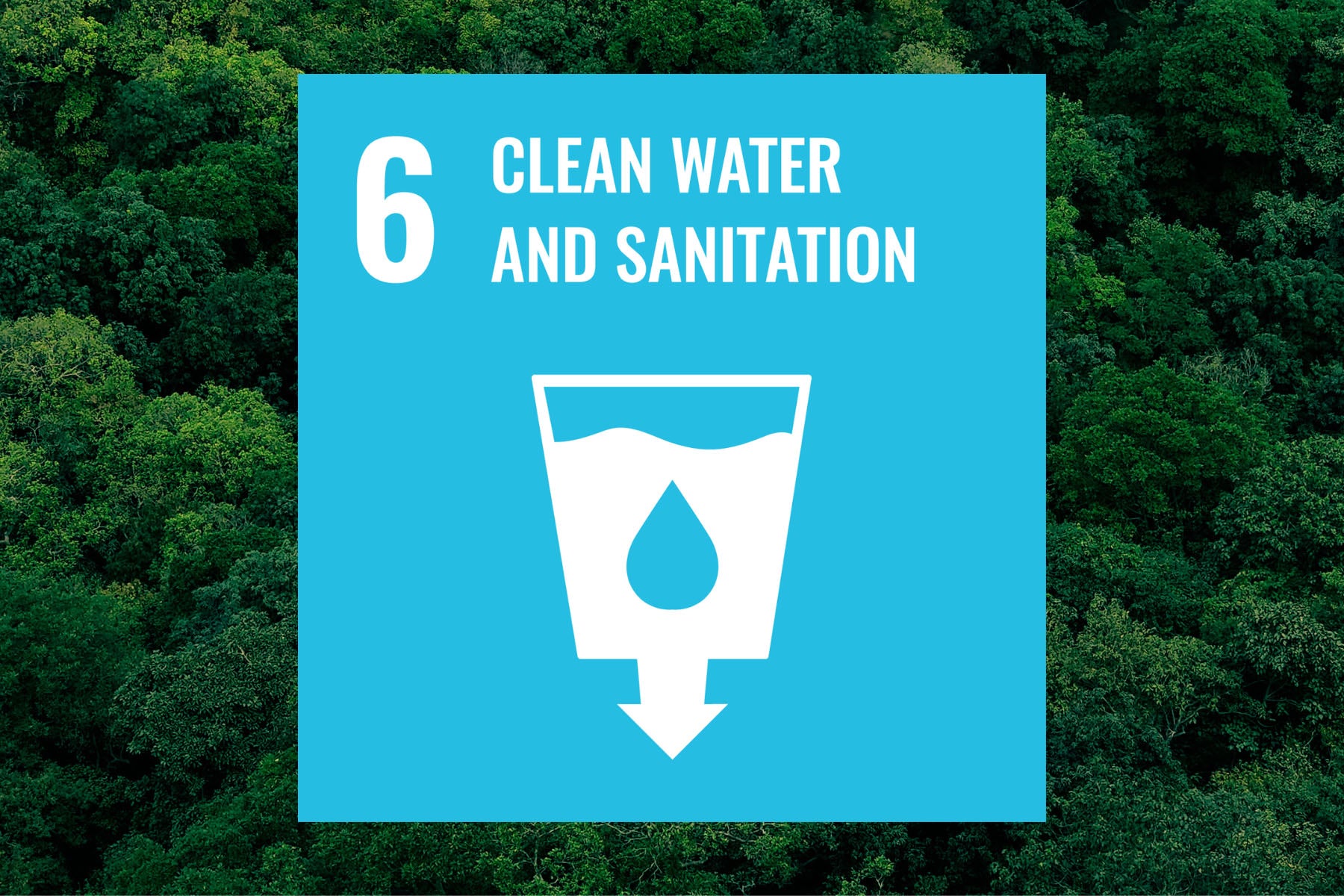
6. Goal #6: Clean Water and Sanitation
Water is life, and access to clean, plentiful water could significantly improve the lives of approximately 2 billion people that experience water stress due to pollution and forest and wetland degradation.
Due to the links between land management and the water cycle — and the key role that trees play in capturing, filtering, and retaining water— reforestation can significantly improve water supplies.
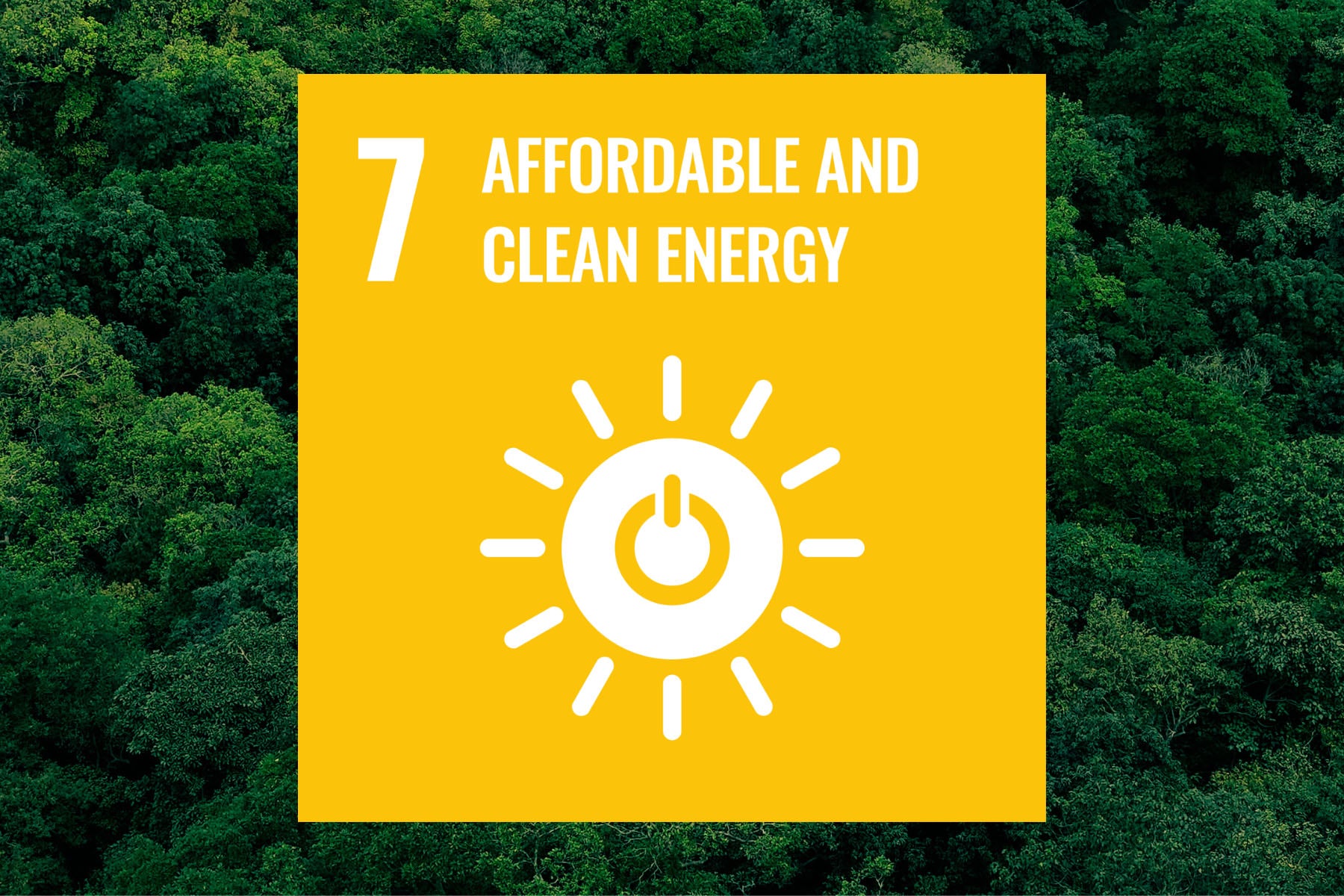
7. Goal #7: Affordable and Clean Energy
Name any energy source, and its extraction and infrastructure likely has a land impact, but bioenergy undoubtably has a larger deforestation footprint than wind, solar, and fossil fuels.
Reforestation and sustainable land management, then, can significantly improve their sustainability by reducing reforestation pressure on ecologically priceless primary forests. And it can also help to heal the land degradation impacts of mining for coal, gas, and petroleum-based fuels.
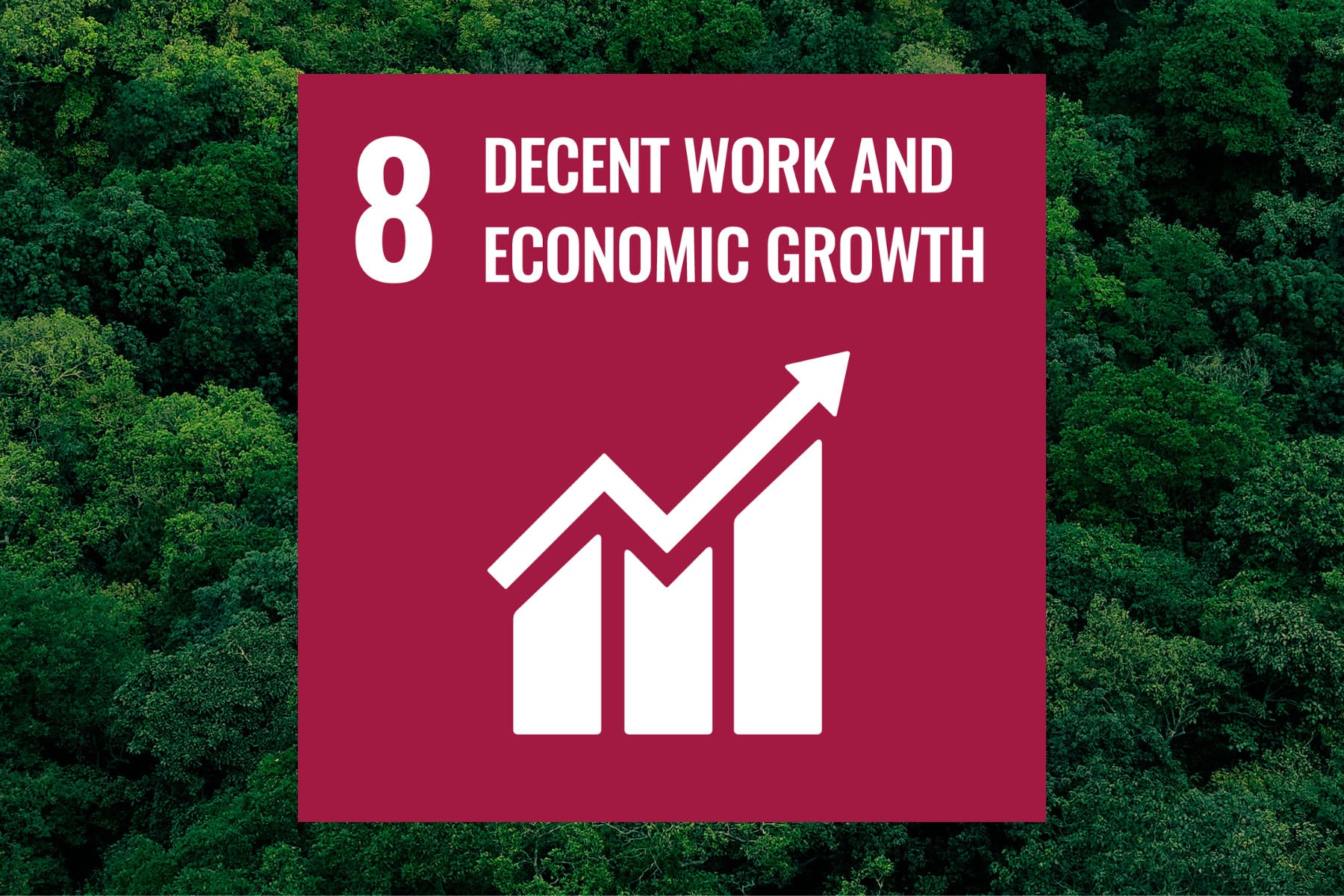
8. Goal #8: Decent Work and Economic Growth
Throughout history, human societies and economies have grown on the back of healthy ecosystems that provide food, fuel, and clean water — and little about that has changed today.
From collecting seed to growing and planting seedlings, managing projects, monitoring planting sites, and growing food crops via sustainable agroforestry, reforestation both directly and indirectly generates jobs and economic activity — and can have a profound impact on local economies.
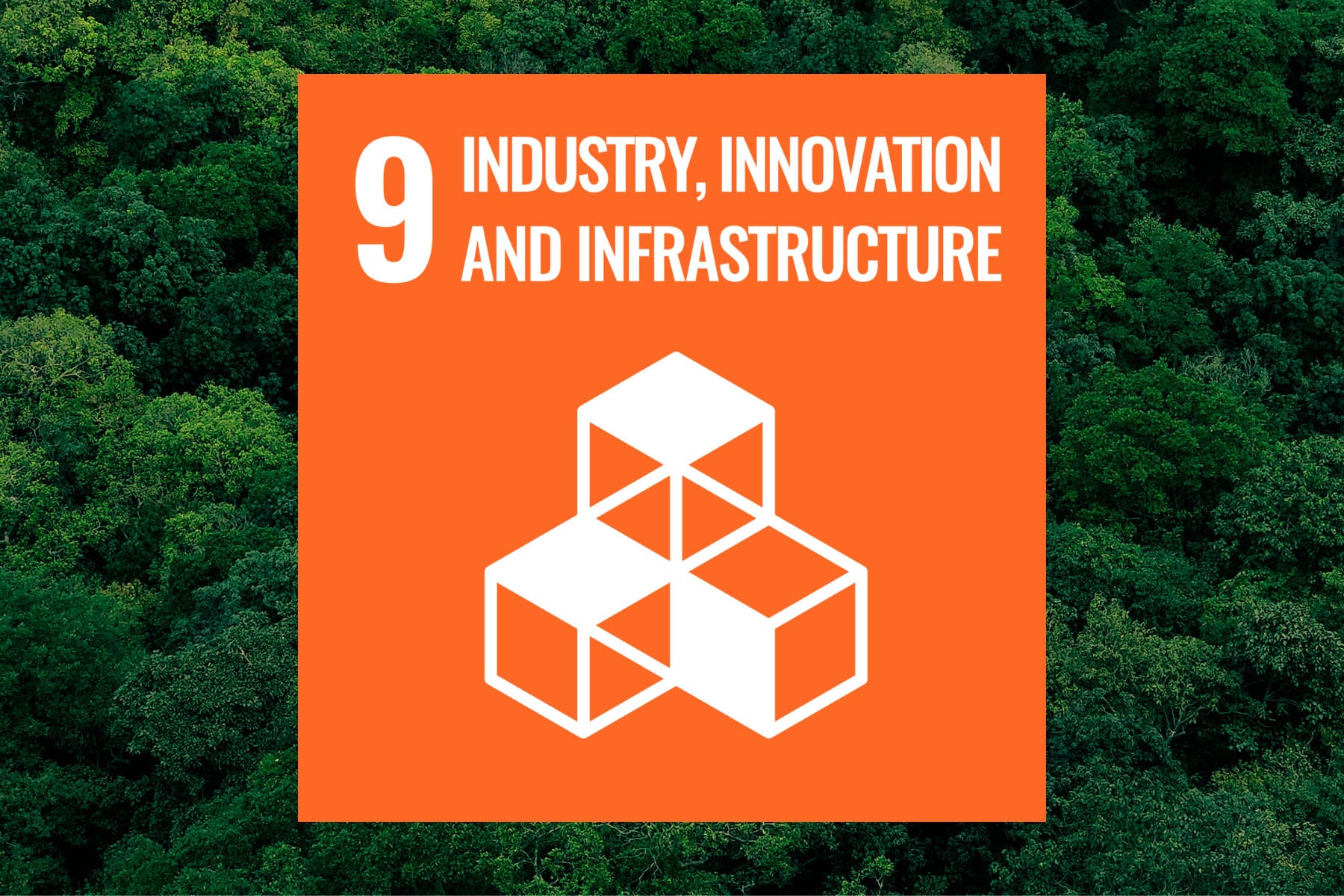
9. Goal #9: Industry, Innovation, and Infrastructure
The development of “quality, reliable, sustainable, and resilient infrastructure” requires healthy forests and land that is managed and restored sufficiently to minimize flooding, landslides, dust storms, and other threats.
Degrading land and deferring maintenance burdens new and existing infrastructure, shortening its life-span and minimizing its long-term effectiveness. In contrast, healthy ecosystems will support and complement them. That’s where the simple act of planting trees can help create healthy thriving communities.
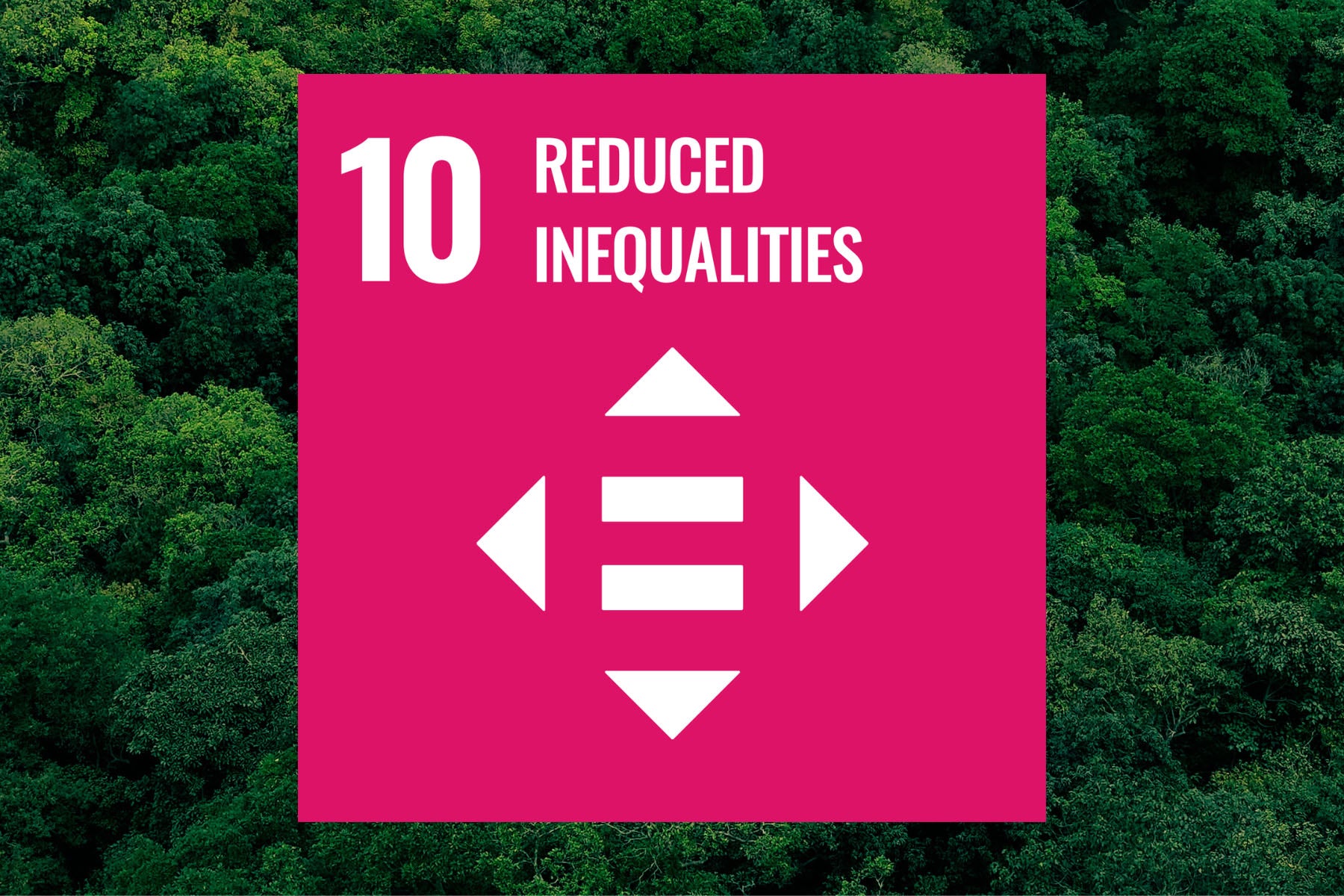
10. Goal #10: Reduced Inequalities
Inequality often leads to land degradation as disadvantaged communities cut down forests for fuelwood, hunt wildlife for food, and clear land for agriculture.
On the other hand, reforestation can increase incomes, make land more productive, and reduce the need for migration to more fertile lands.
Done correctly, planting trees it’s a win-win for people and the planet!

11. Goal #11: Sustainable Cities and Communities
Planting trees can help to restore important ecosystem services in urban and suburban areas — and the rural areas that supply them with food, water, energy, and raw building materials.
When water, soil, and air quality are improved, environmental risks and impacts like flash floods, respiratory illnesses, and the UHI effect are reduced. And reclaiming brownfield areas forurban forestscan increase urban resilience and take pressure off of rural habitats, too.
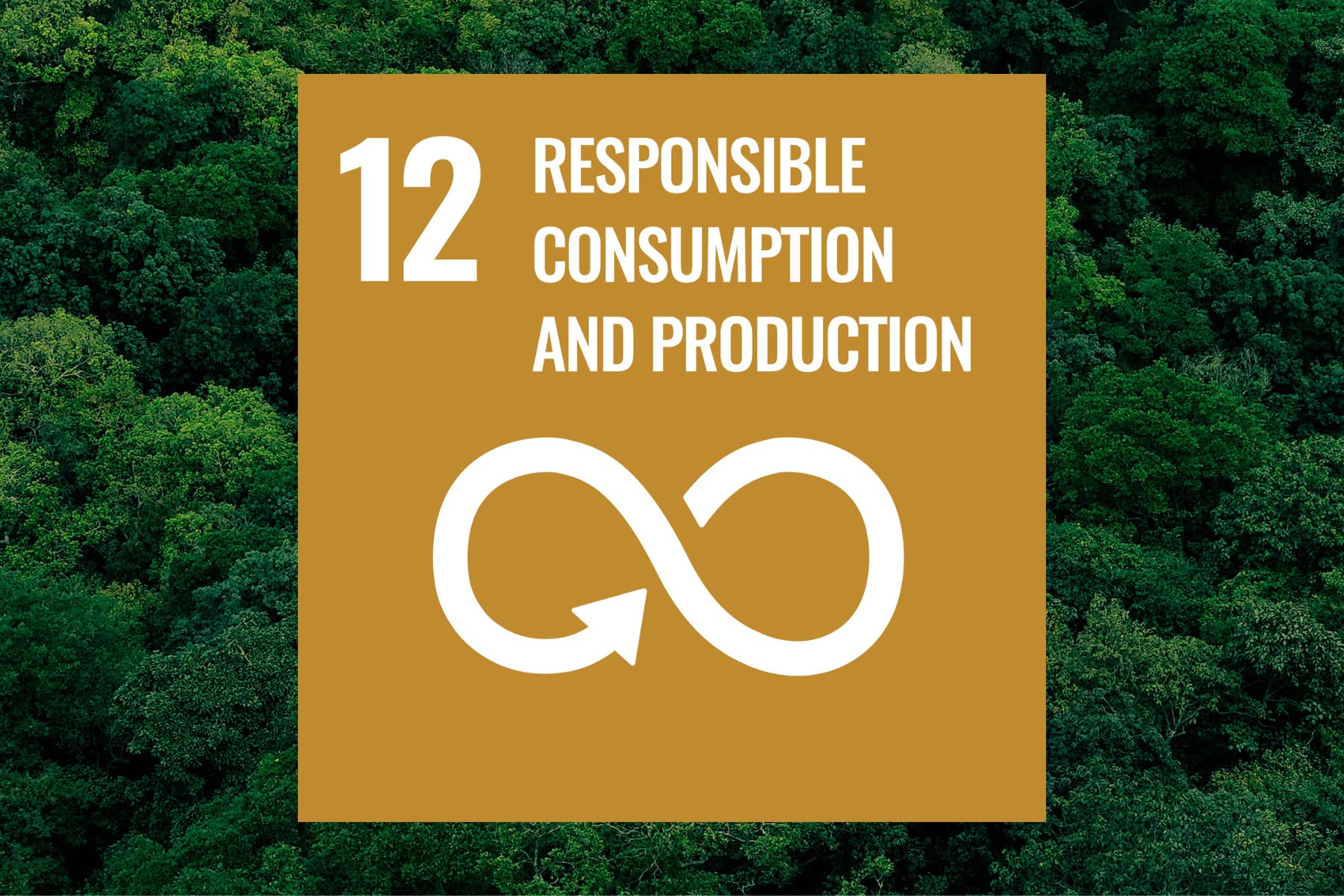
12. Goal #12: Responsible Consumption and Production
Reforestation and forest science have key roles to play in developing more sustainable ways to produce and extract agricultural goods, forest products, energy, and minerals from the land.
The interconnectedness and availability of resources informs decisions and drives innovation, helping us to do and be better.
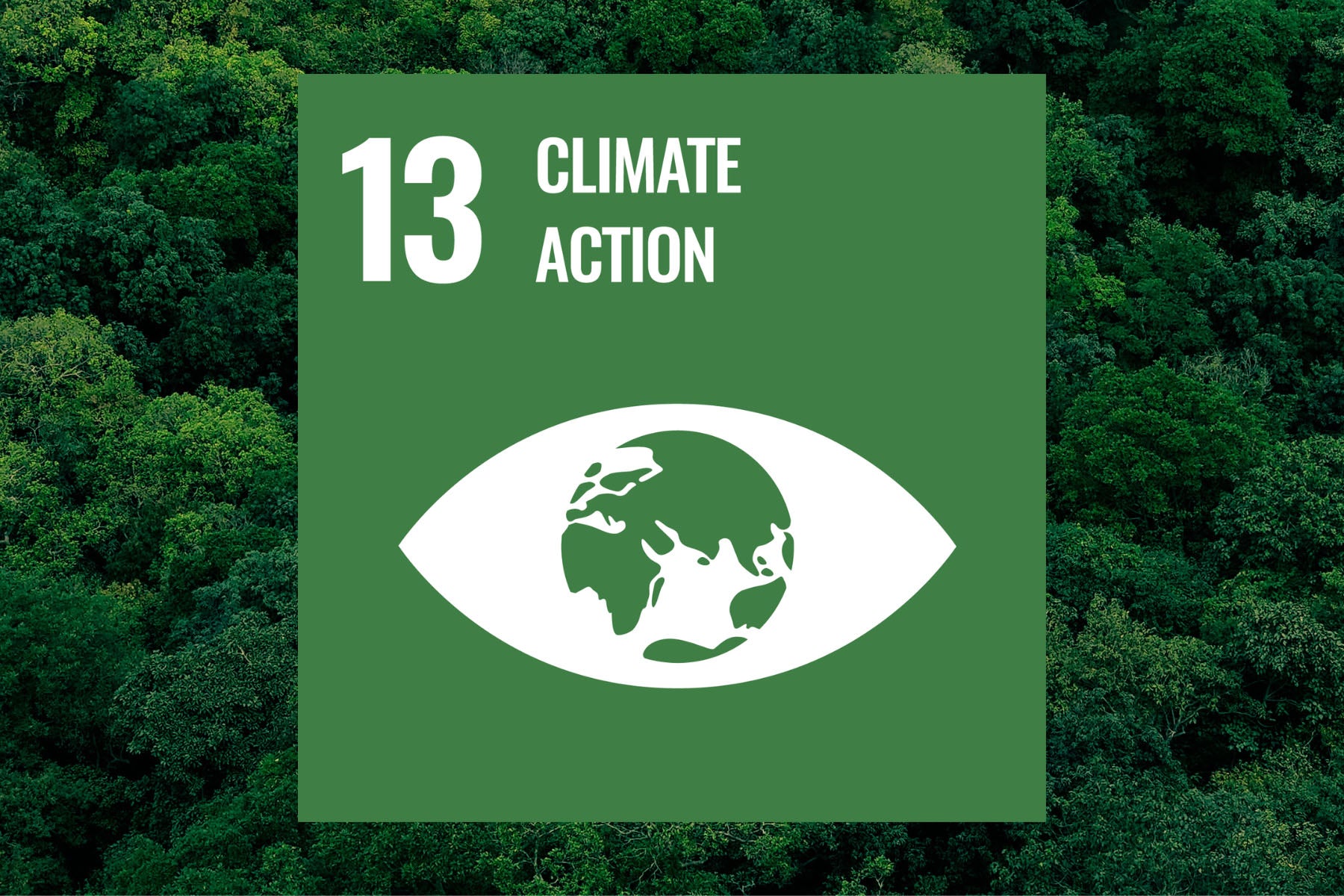
13. Goal #13: Climate Action
Healthy trees cool the planet by absorbing and storing harmful particulate pollutants and GHGs — in fact, a mature tree can absorb an average of 22lbs of CO2 per year.
Planting trees can increase the resilience of ecosystems, help minimize climate change effects, and buy people and governments time to adapt to changing conditions. Planting native seedlings in ecologically appropriate areas can also counteract soil and biodiversity loss and improve human well-being.
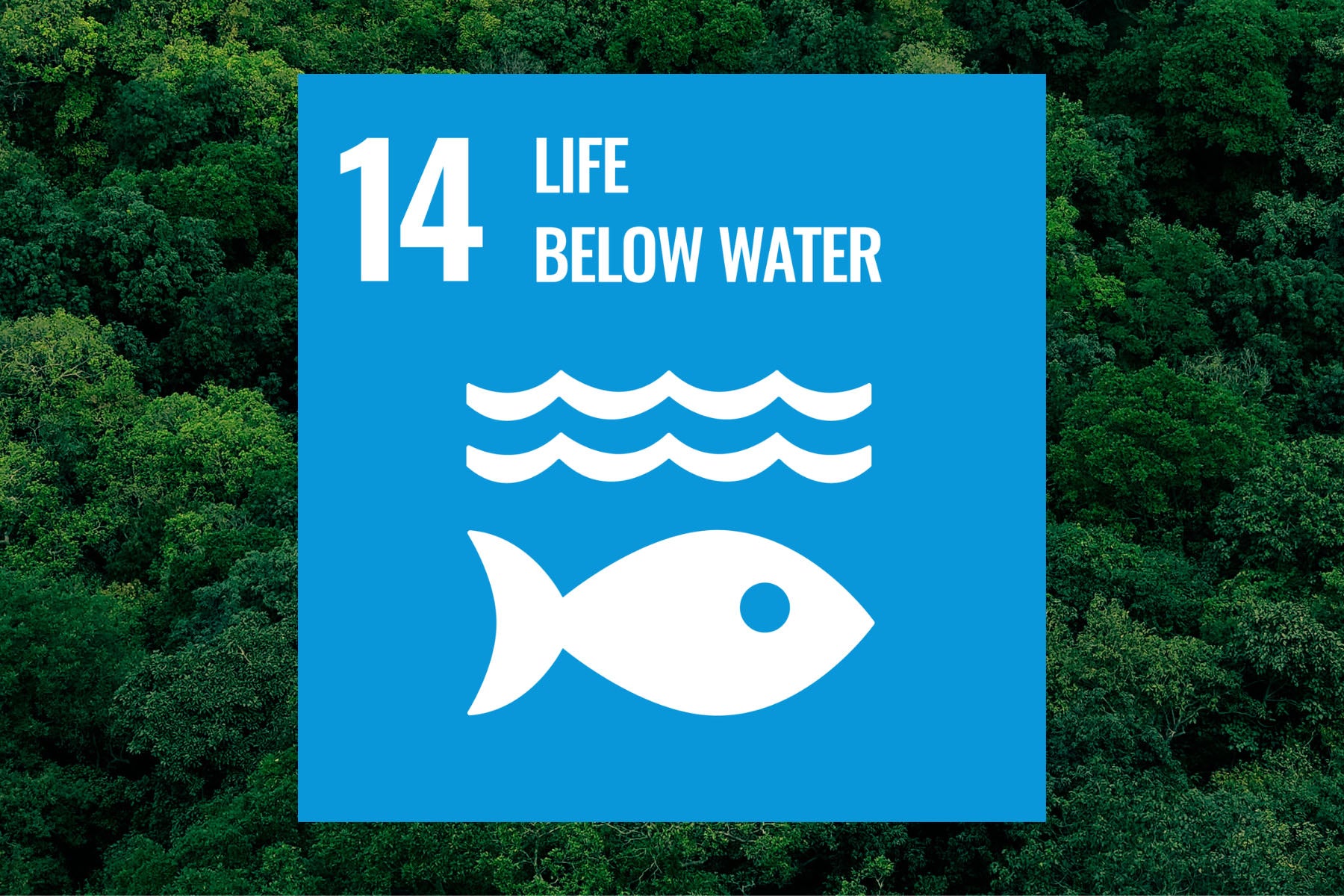
14. Goal #14: Life Below Water
Everything is connected — and that goes for terrestrial and oceanic ecosystems, too! In fact, everything that happens on land has implications for oceans — including surface run-off, sediment flows, and atmospheric emissions.
Land restoration then, reduces pressures on these underwater ecosystems, allowing them to keep providing economic and social benefits for coastal communities. That’s what our Pacific Northwest reforestation project is all about: plant trees for the orcas!
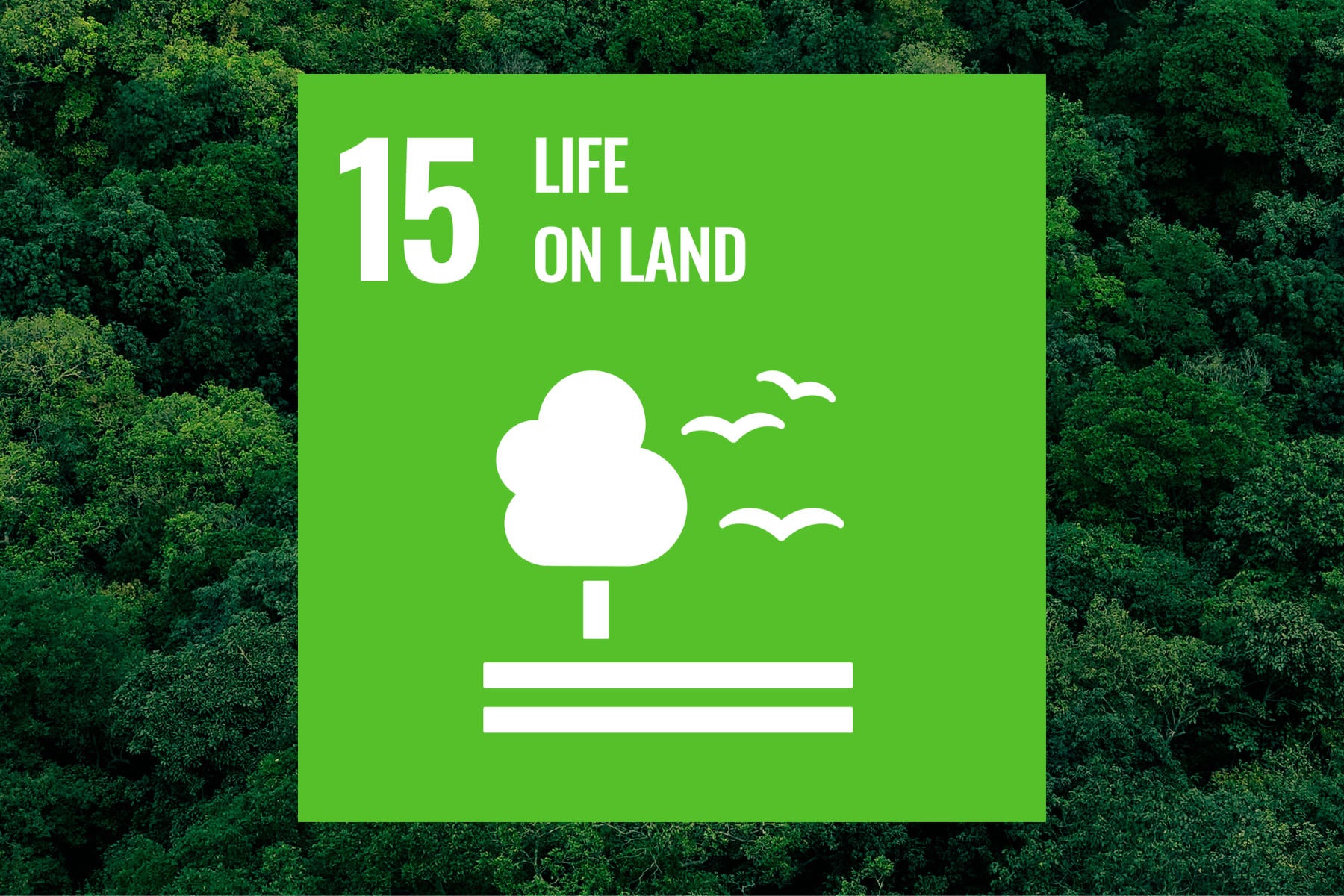
15. Goal #15: Life on Land
Reforestation and conservation are essential to building a better, more sustainable future where poverty is reduced, food and water are available, biodiversity is safeguarded, and sustainable livelihoods are possible.
Healthy forests = happy people!
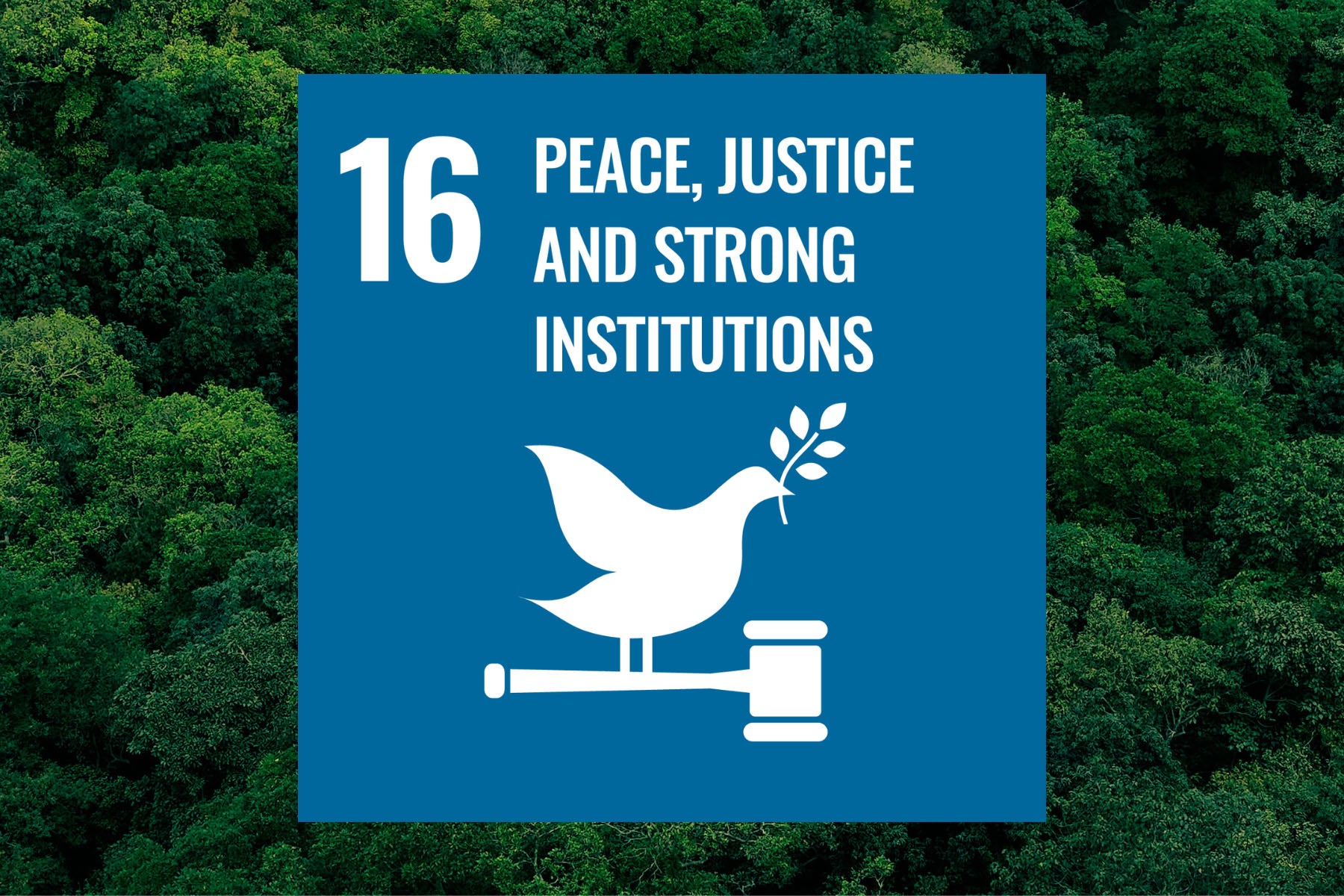
16. Goal #16: Peace, Justice, and Strong Institutions
When land is degraded and food supplies run low, human populations necessarily focus on basic survival, which can lead to resource conflict and competition.
This “rush” then drives further degradation and deforestation. Restoring forests can help to reverse these trends and reduce the likelihood of clashing between communities.
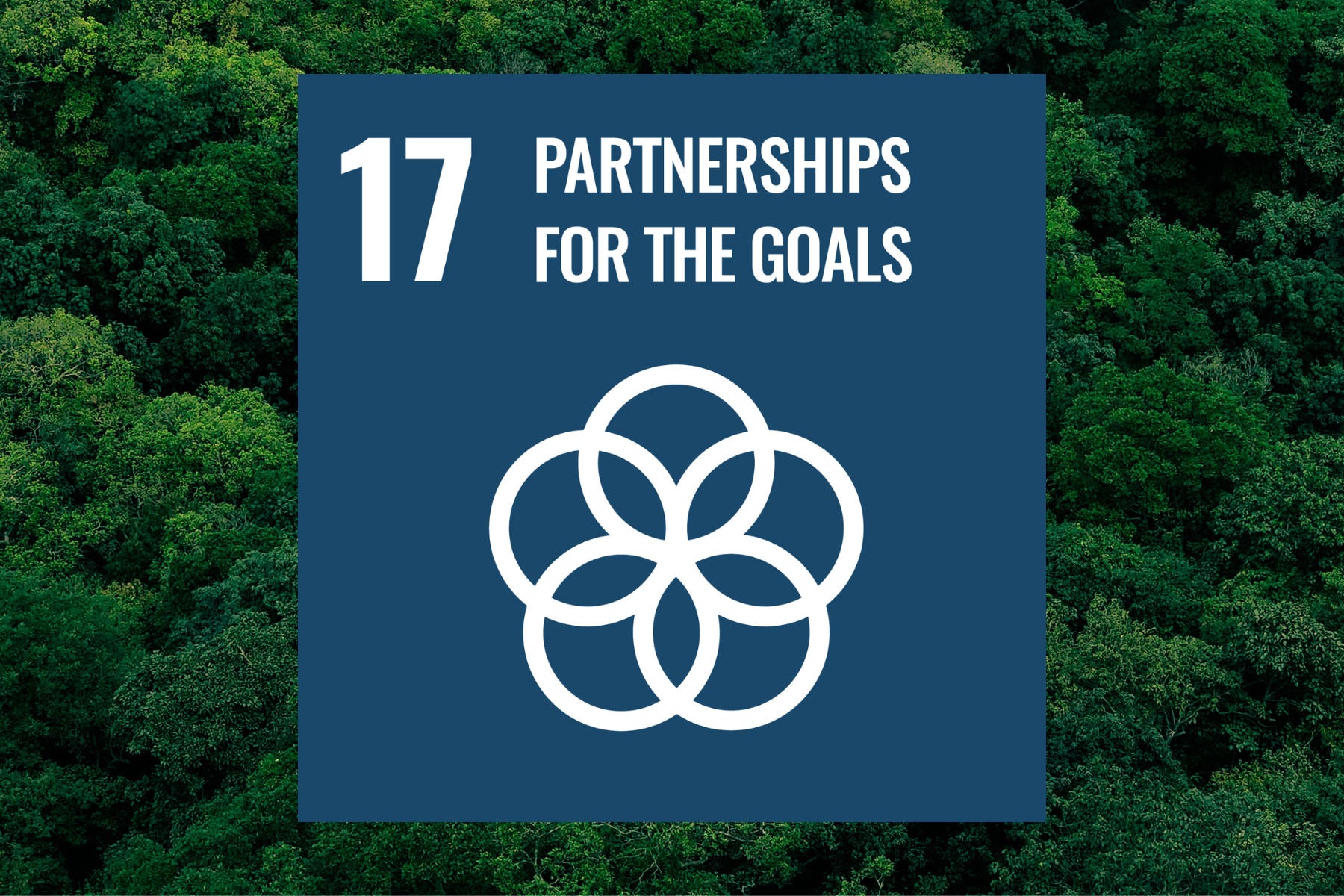
17. Goal #17: Partnerships for the Goals
Reforestation can foster partnerships between organizations and governments, allowing local initiatives to be scaled up to regional, national, and so on.
The relationships that are built by working together to plant trees can make all of the difference in getting access to funding and other resources.
See what we mean about how land restoration has a ripple effect of benefits? Not bad for a bunch of trees!
While it’s true that a newly planted forest will never be quite the same as the one that was lost, what is possible is facilitating land restoration in degraded forests so that they are once again able to shelter biodiversity and provide ecosystem services like cleaning the air,capturing and filtering rainwater, and sequestering carbon.
Restoration looks different for every project and the ideal solution is largely dependent on the land’s history, condition, potential uses, and likely impacts of climate change and other stressors.
Inspired by all that trees can do? Plant a tree with us today!
